Affiliate links on Android Authority may earn us a commission. Learn more.
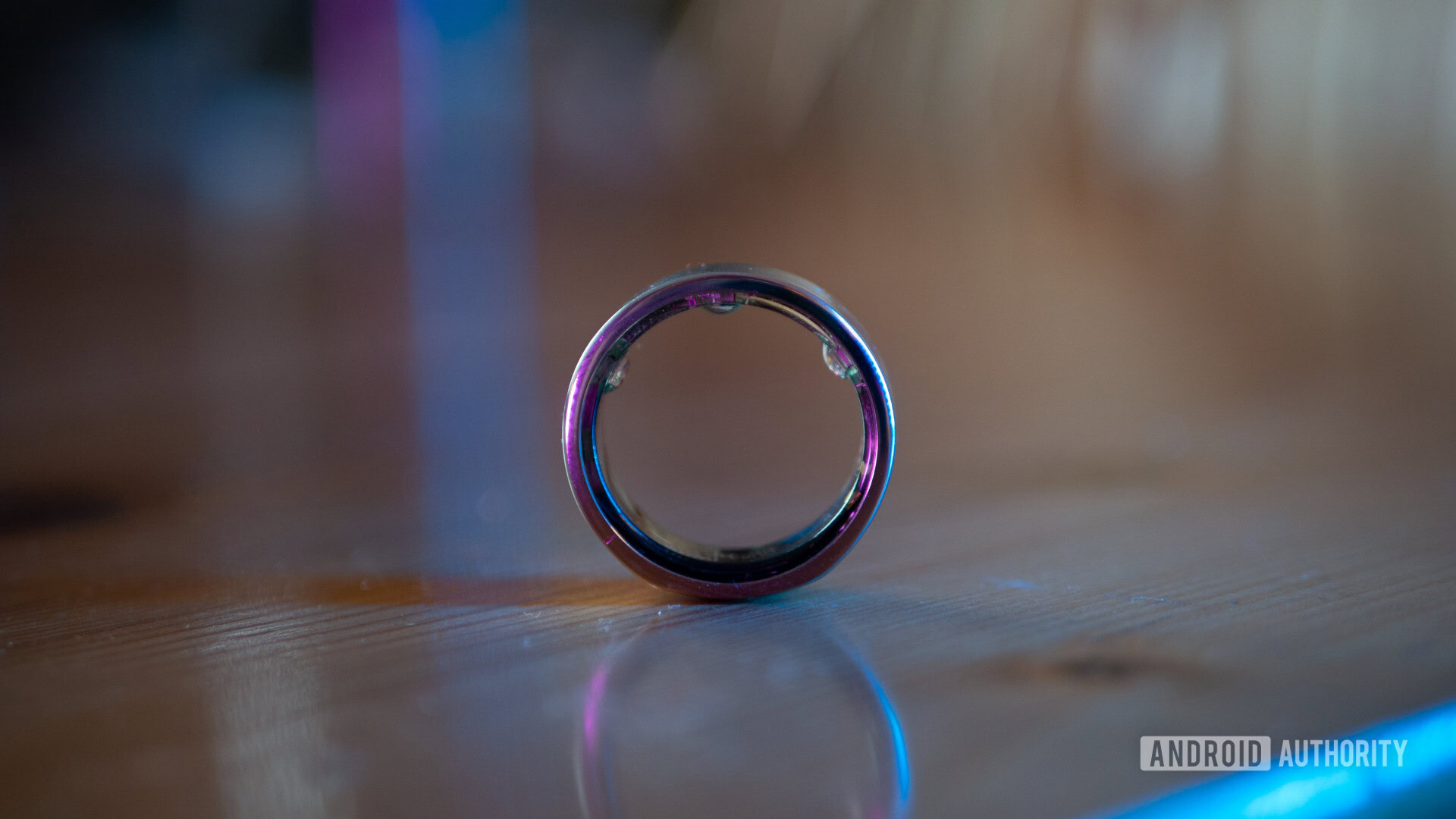
Oura Ring 2 review: The early adopter catches the worm
Published onApril 12, 2019
Oura Ring 2
What we like
What we don't like
Oura Ring 2
Update: There is a new version of the Oura Ring, click here to see our Oura 3 review.
The Oura Ring 2 is an exciting ring-shaped health tracking device that measures something a little different from all the other calorie-focused trackers out there. In theory it can help you to feel better, perform better, and make smarter decisions regarding health and training.
This is the second iteration of a relatively-underground product that launched on Kickstarter a couple of years ago. The company is still small, but it has begun generating quite a buzz in the biohacking community.
In this Oura Ring 2 review, let’s see if this really is the game changing piece of kit that the health tracking industry sorely needs.
The concept
To my mind, fitness trackers have huge untapped potential to help us measure our daily activities, mental performance, and physiology in actionable ways. Unfortunately, most trackers amount to little more than fancy pedometers with not-so-accurate heart rate monitors.
For all I love the idea of tracking my fitness, I go through long stretches of not wearing these devices because, quite simply, the data they provide is not quite worth the inconvenience of wearing them.
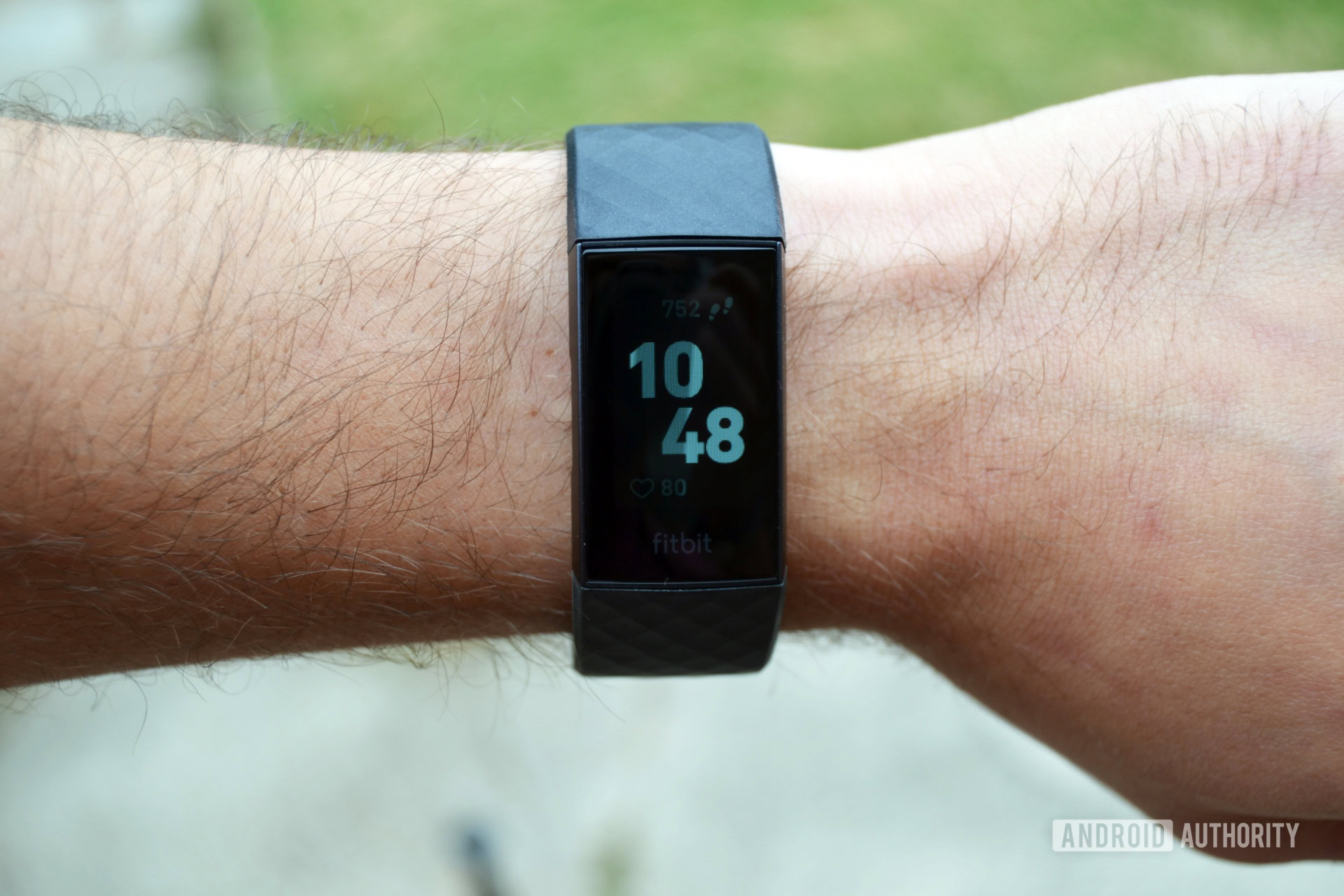
If you’re want to lose weight, a Fitbit or similar alternative can be a useful tool for tracking calories, but as I’ve explained on the site before, those measurements are imperfect and the entire strategy has its issues.
The Oura Ring 2 places its focus elsewhere: on providing deeper, more actionable data around sleep, stress, and recovery. This isn’t just about losing weight; it’s about performing your best and feeling better. That the video on the original Kickstarter campaign featured people playing the piano and conducting business is telling. This isn’t just for running and weightlifting. Oura calls it “living ready.”
Oura calls it 'living ready.'
Can a ring really help you to overcome the chronic fatigue and stress endemic to the 21st century?
Hardware: Put a ring on it
The ring is packed with the usual sensors: an infrared heart rate monitor measuring slight changes in the color of your skin, a gyroscope, accelerometer, and three temperature sensors. Using that, it can autodetect when you fall asleep, identify how long you spent in each sleep stage, count how many times you wake up in the night, and measure your heart rate. Likewise, it counts steps during the day and lets you manually add activities. All this information is then visible through the app, divided into days.
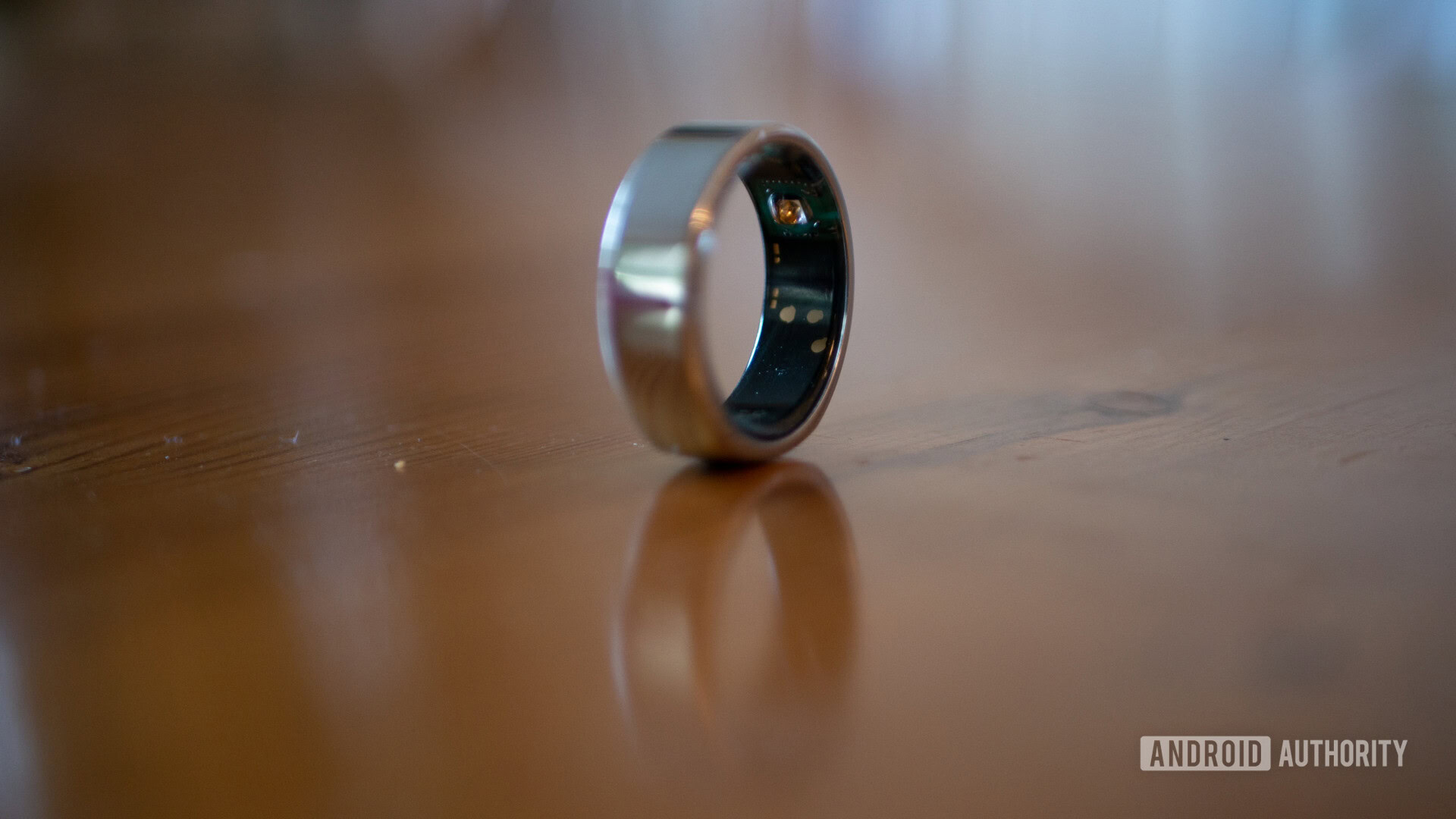
I have no complaints with the design and comfort of the ring. The original Oura was rather large and ostentatious looking, and drew a lot of attention to itself. The new ring is much subtler and can easily pass for a regular piece of jewelry. It comes in matte black, glossy black, rose gold, or chrome, and looks like a perfectly round wedding band apart from a slight point indicating which way is supposed to face up.
The device has no blinking lights or other readouts (even the IR sensor remains dark), and a welcome feature for many is the option to put it into airplane mode. That’s handy for airplanes (this could be a useful tool for combating jet lag), but also for people who are funny about wearing technologies that emit any kind of signal.
It’s very easy to forget it's there. If you’re used to wearing any other kind of ring, this is no different.
Most importantly, I found wearing the device during my Oura Ring 2 review very comfortable. It’s very easy to forget it’s there. In fact if you’re used to wearing any other kind of ring, then this is no different. Because it’s so subtle, you can easily wear this along with a watch and not look ridiculous — which is another benefit of a finger-bound device.
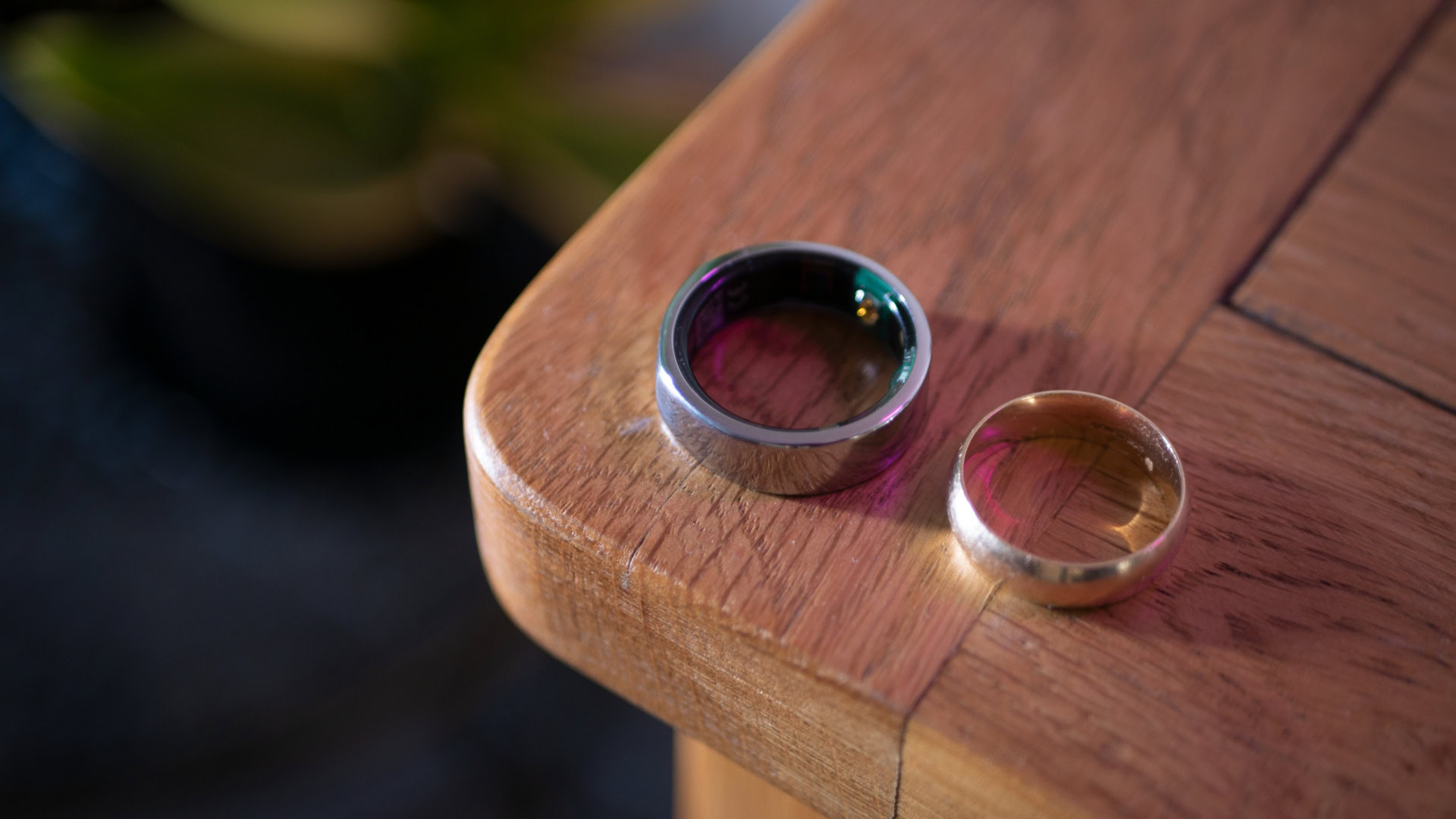
There are practical advantages to wearing a fitness tracker on your finger too. It’s much easier to obtain a heart rate from the thin flesh here, and your extremities are the first to show a change in body temperature. More on this later.
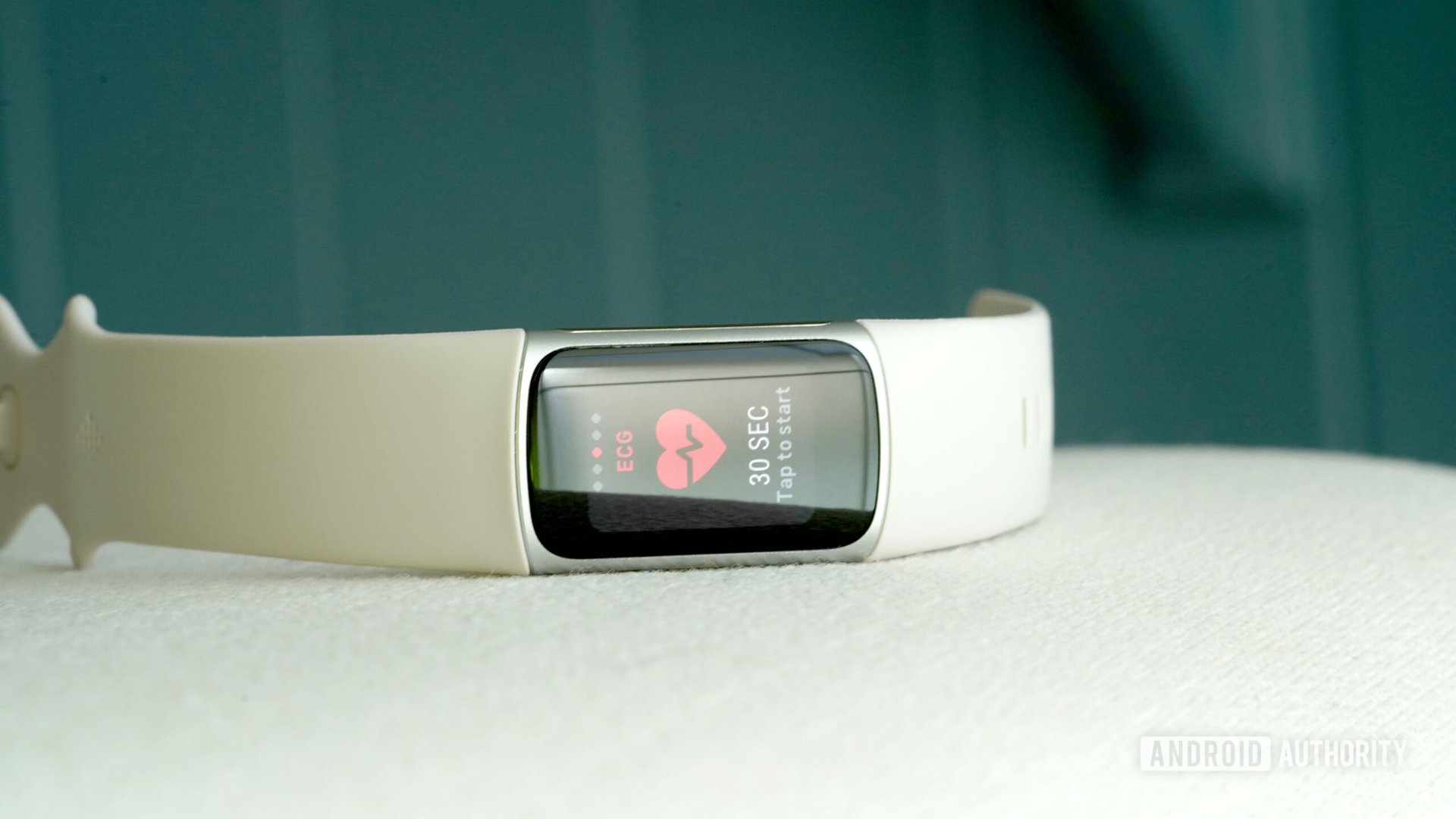
When I reviewed the Motiv Ring a few months back, one complaint I had was that it got scratched very easily during training and wasn’t comfortable when weight lifting or boxing. While this is still true to a degree with the Oura Ring 2, the titanium with scratch-resistant DLC construction is certainly superior to the ceramic Motiv ring. I’ve only picked up a few light scratches on the underside so far. However, seeing as this is more of a health tracker than a fitness tracker, it actually matters a whole lot less.
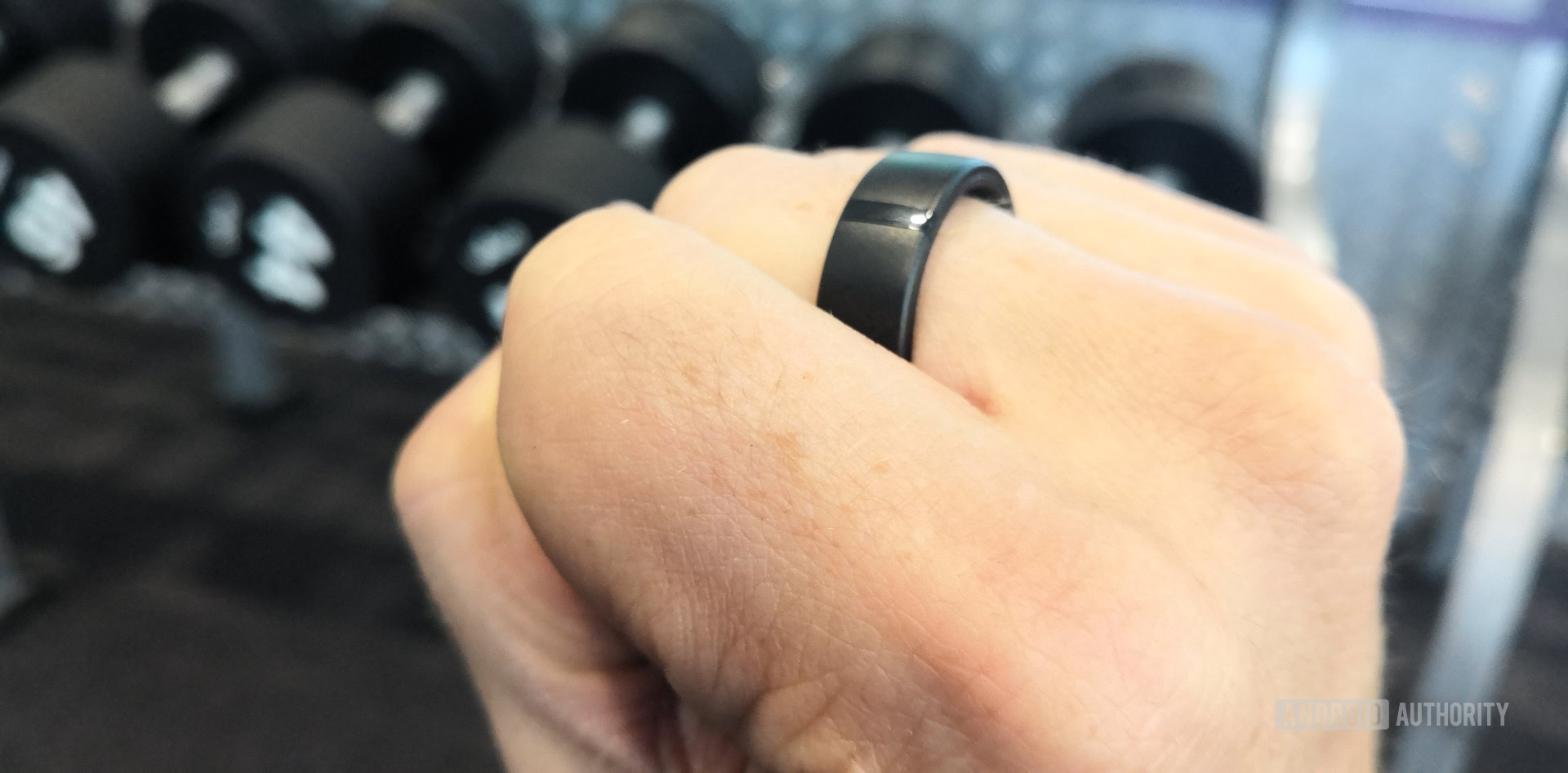
The ring can store six weeks of data without syncing, and you’ll be able to get six days of use between charges. It charges pretty quickly, so you can just place it on the stand during your morning shower when prompted (though it is water resistant if you wish to keep it on).
Overall, the design and attention to detail is excellent here.
Overall, the design and attention to detail is excellent here — especially for a small startup. The entirely white, cube-shaped box makes a strong first impression, and the charging stand looks good and is easy to use as well (which bucks the trend for fitness trackers that normally come with fiddly and unusual charging methods). The app does need some work in a few key areas, but we’ll discuss that more in a moment.
Oura Ring 2 review: The best sleep tracking in town
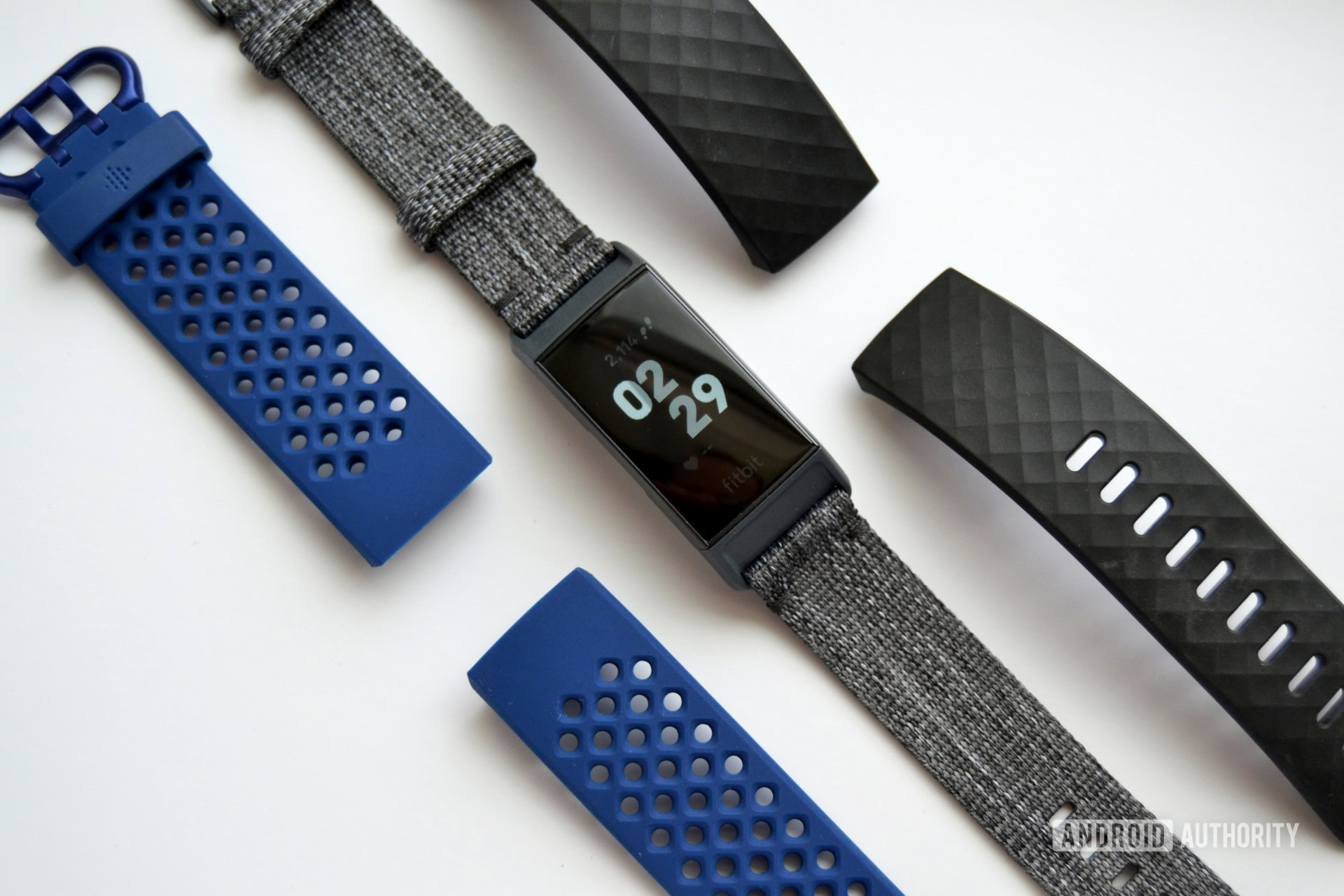
The Oura Ring 2 is probably the best sleep tracker I have ever used. On the face of it, like the best Fitbit devices, it will give you a detailed breakdown of your time in light sleep, deep sleep, and REM sleep. This tells you not only how long you have slept, but how restorative that sleep was likely to have been. Sleep detection is also incredibly accurate, with the reports being spot on 99 percent of the time. I had one night that didn’t seem to correlate with what I’d experienced, but it wasn’t major difference and it was a one off — something any device on the market will occasionally experience.
The Oura Ring 2 is probably the best sleep tracker I have ever used.
The only big omission I noticed, is that it doesn’t seem able to detect day-time naps. I know that’s something Bailey will be disappointed to hear. Similarly, while my wife was in labor the other week (woop!) I actually went one entire night without sleeping and rather than registering that for what it was, the ring acted as though I had not been wearing it (even though it would have been able to detect waking movement the entire time). Rather than saying “oh no, you haven’t slept like… at all,” it instead treated the data as missing.
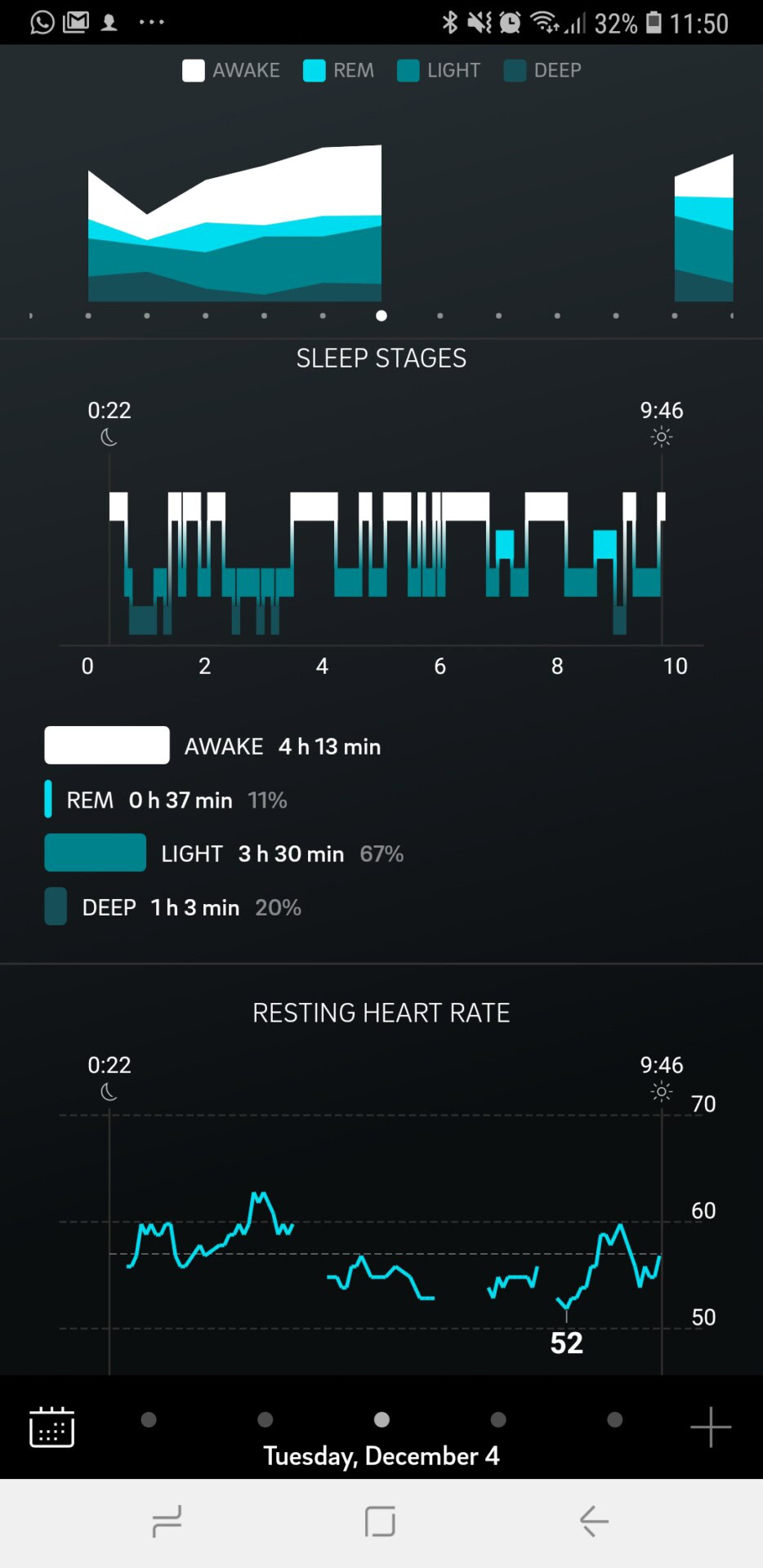
So, there are a couple of drawbacks, but what’s impressive is all the additional data the Oura Ring 2 tracks during sleep.
Resting heart rate is an excellent indicator of recovery, and of overall physical fitness, for example. A post on the Oura blog explains how a U-shaped curve demonstrates your body has fully recovered from the day before, whereas as a downward slope might indicate you could have benefited from a little extra nap time — explaining why you perhaps wake up feeling groggy and what to do about it next time.
Resting heart rate is an excellent indicator of recovery, and of overall physical fitness.
You’ll also be able to see how long it took you to fall asleep (sleep latency), how optimal your sleep timing was with regards to external cues, how efficient your sleep was, how many times you woke up, and more. Tapping on any of these points will then provide more detail — often a graph or chart accompanied by some explanation by Oura and perhaps a link to an external blog post. All this is great and it is by far the most detailed sleep tracking I’ve ever encountered.
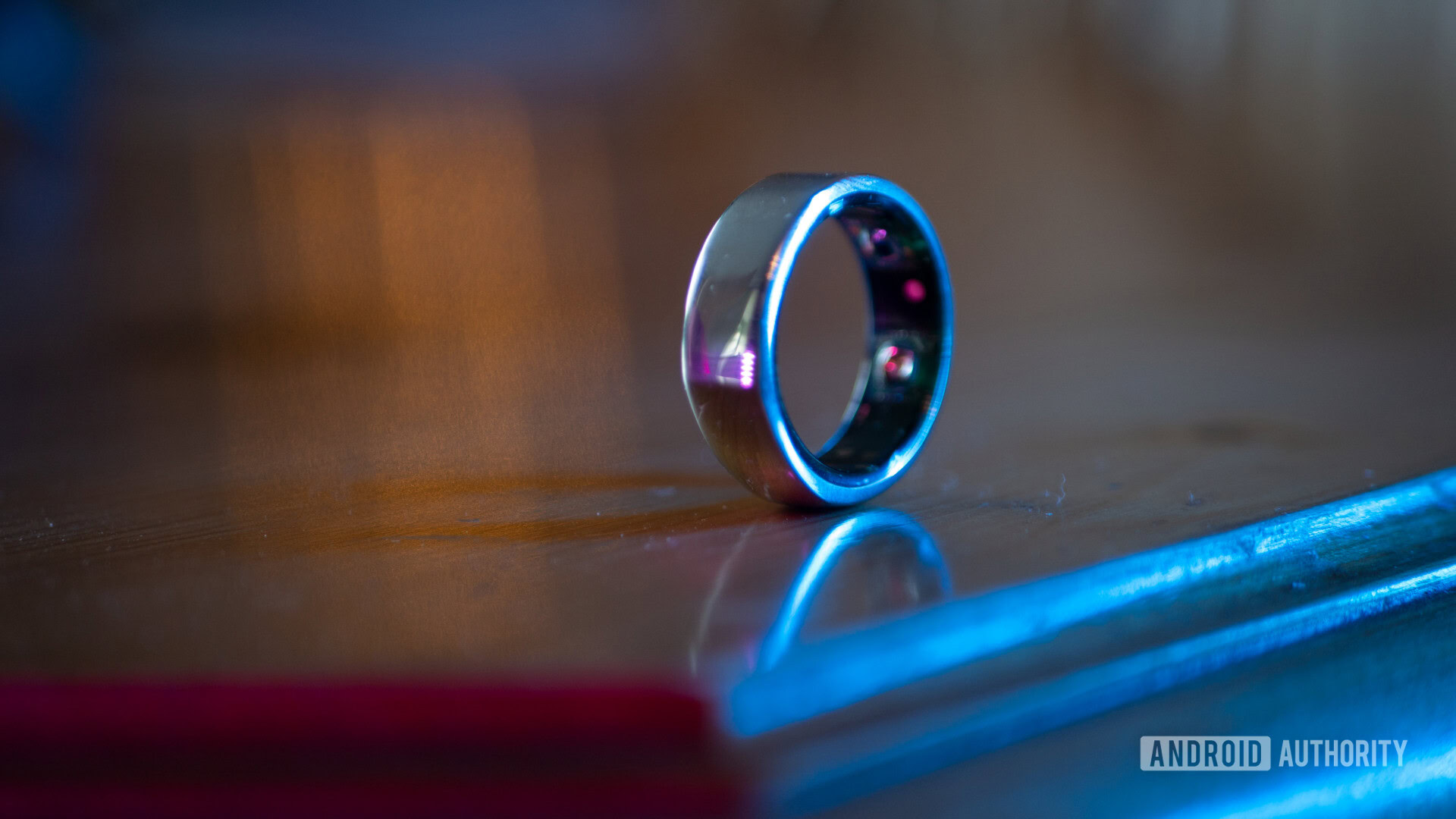
A Biohacker’s dream: Readiness and heart rate variability
But wait, there’s more.
Digging deeper, there’s a whole lot more data you don’t typically see in these kinds of apps. To name a few: body temperature, a recovery index, and heart rate variability.
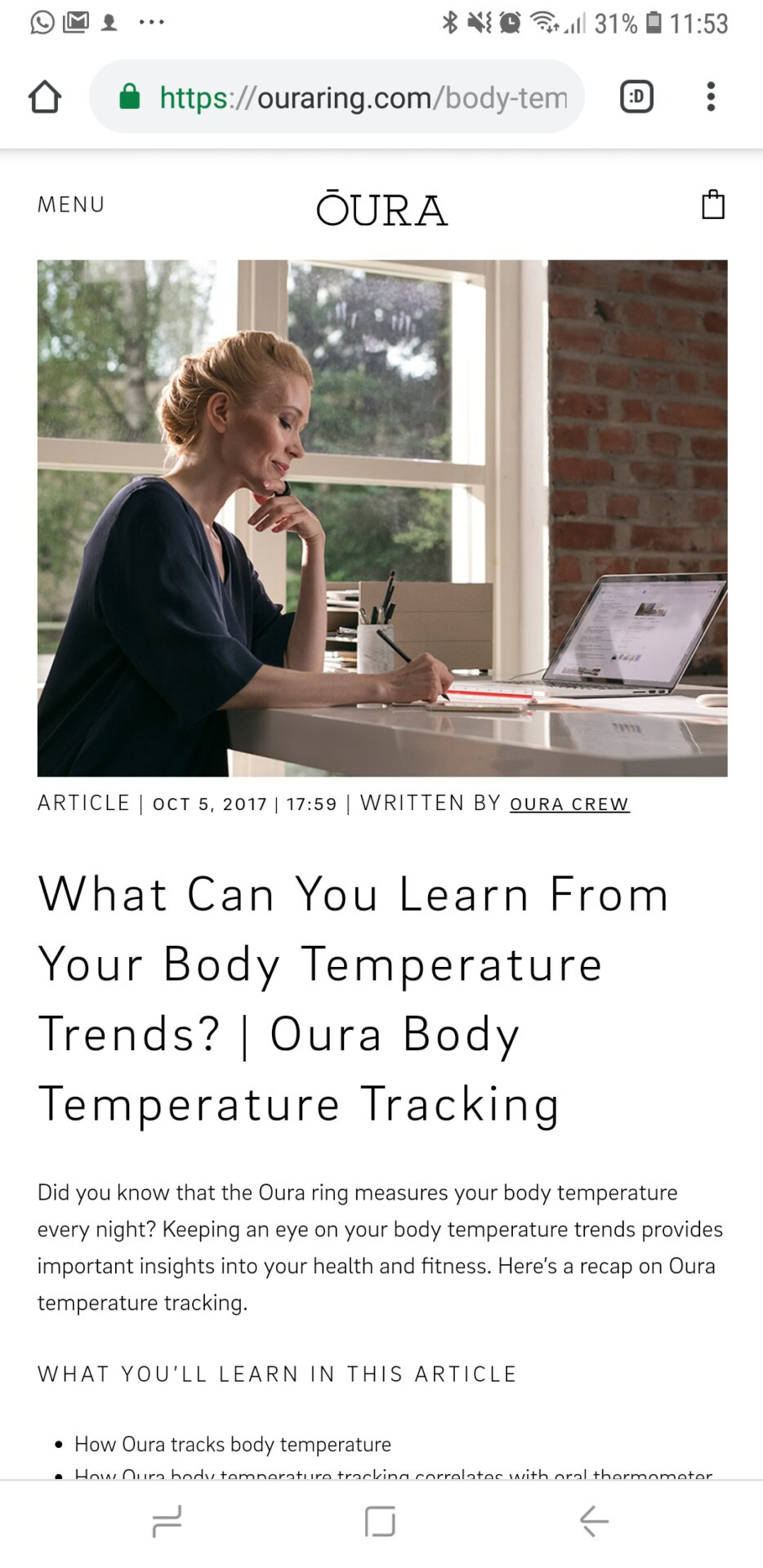
Body temperature of course tells you just how hot or cold you were during the night. This very useful inclusion could bring to light some interesting patterns and trends. For instance: does being cooler at night help you sleep better?
It can also indicate that something might be wrong, like if you have the start of a fever. Not many other trackers provide users with this data and the Oura has an edge here, seeing as it’s easier to measure temperature changes from the fingers and toes.
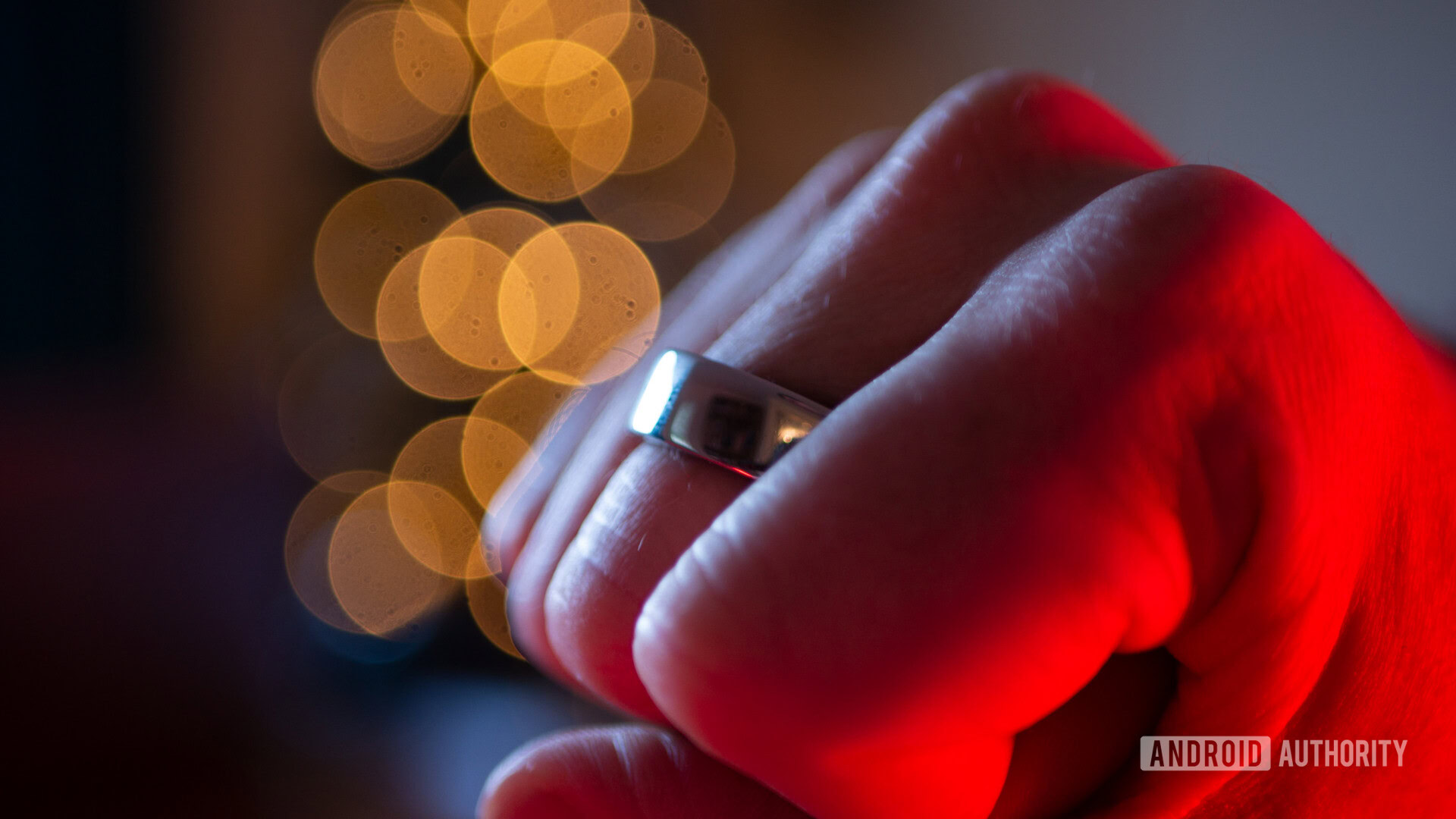
Resting heart rate data is meanwhile taken and used to generate a “recovery index.” This shows you how long it takes for your resting heart rate to stabilize once you hit the sack. Tapping that item in the app tells us this should happen in the first half hour after you hit the hay. There’s so much to dig into here and explore, you can spend a long time each morning reading your stats.
Heart rate variability is an even more interesting stat a lot of people won’t be familiar with. This basically tells you about your sympathetic tone, and whether you are sympathetic or parasympathetic dominant (fight or flight, or rest and digest).
There’s a lot of fascinating heart rate variability research being conducted at the moment, and it could also be linked to optimal mental states for performance and other cool stuff.
While many of us assume our heart rate takes on a steady rhythm, the truth is it changes as you breathe in and out. When you breathe in, your heart rate should increase slightly, and when you breathe out, it should decrease. If you are highly stressed, your heart rate will be constantly elevated and your breathing will have less of an impact on it. This essentially suggests you are either chronically stressed or overtraining and need more time to recover.
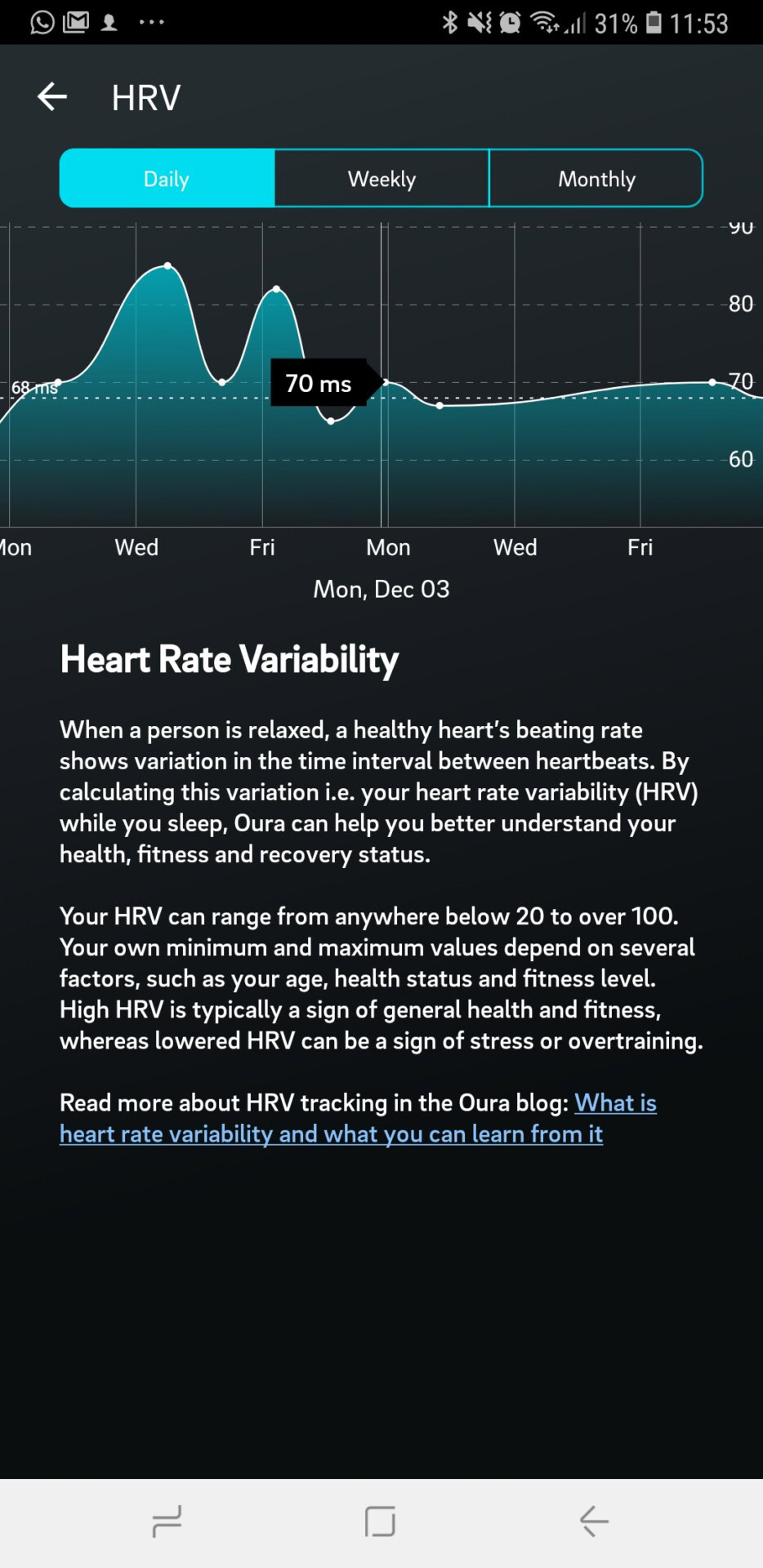
There’s a lot of fascinating heart rate variability research being conducted at the moment. It could be linked to optimal mental states for performance and other cool stuff. Other fitness trackers simply aren’t accurate enough to provide this data, but the 250Hz infrared lights here are more than capable (the pulse strength in the finger is also greater than on the wrist — 50-100 times greater in fact!).
Oura then takes all of this data and uses it to provide a “readiness score.” This intended to advise your training schedule. If your readiness is low, then you should avoid intensive training that day, maybe reschedule a hectic meeting, and perhaps reflect a little on what you could change about your current lifestyle. In short, it aggregates all that complex data and turns it into a single number you can act on.
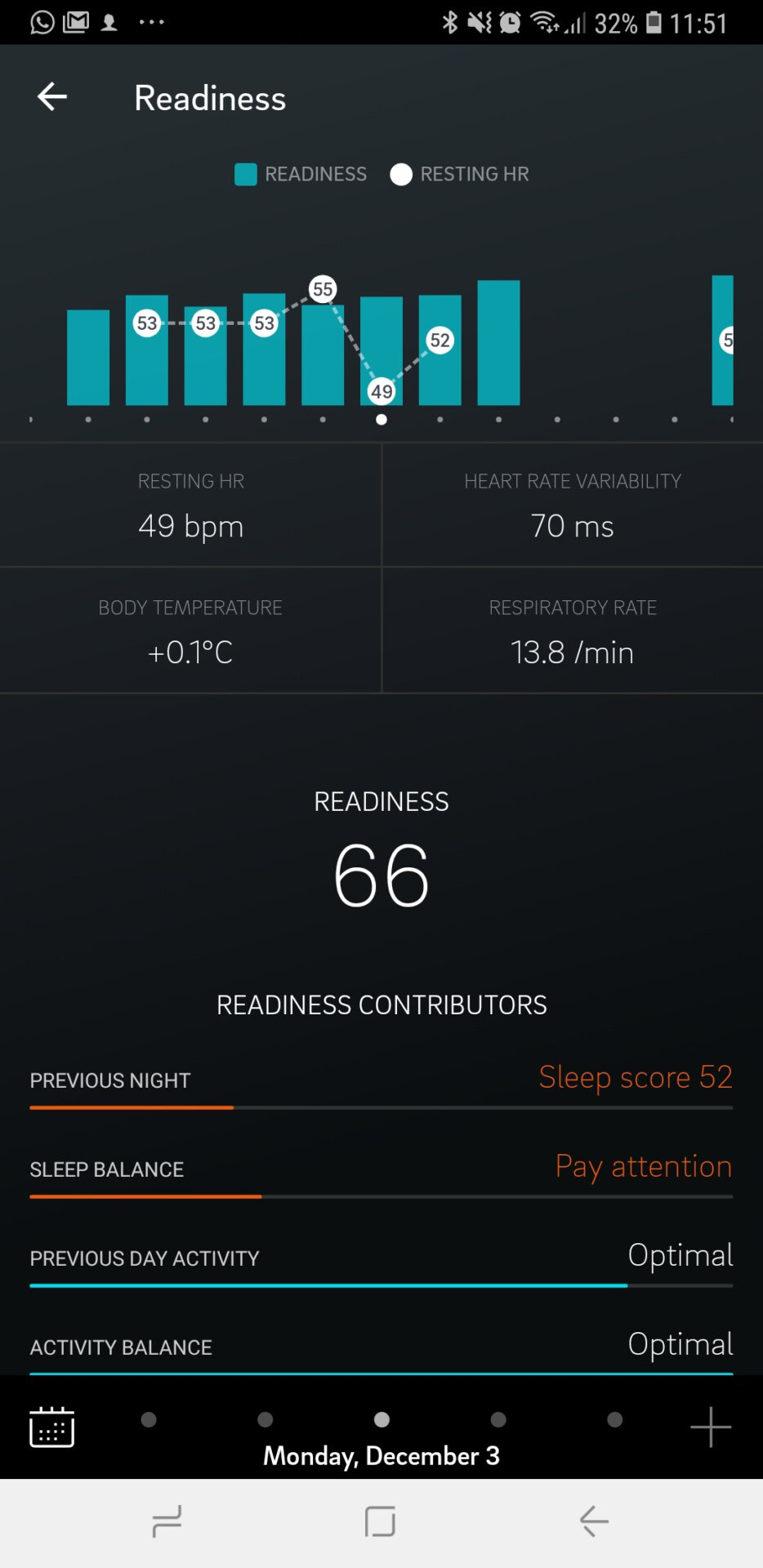
A couple of miss-steps
I’m singing the Oura Ring 2’s praises a lot here because it is the device I’ve been waiting for a long time. This fitness tracker doesn’t just measure the same old tired data, and it provides some actually useful and actionable advice. It’s a glimpse at how technology can help us perform better.
That’s not to say it’s perfect.
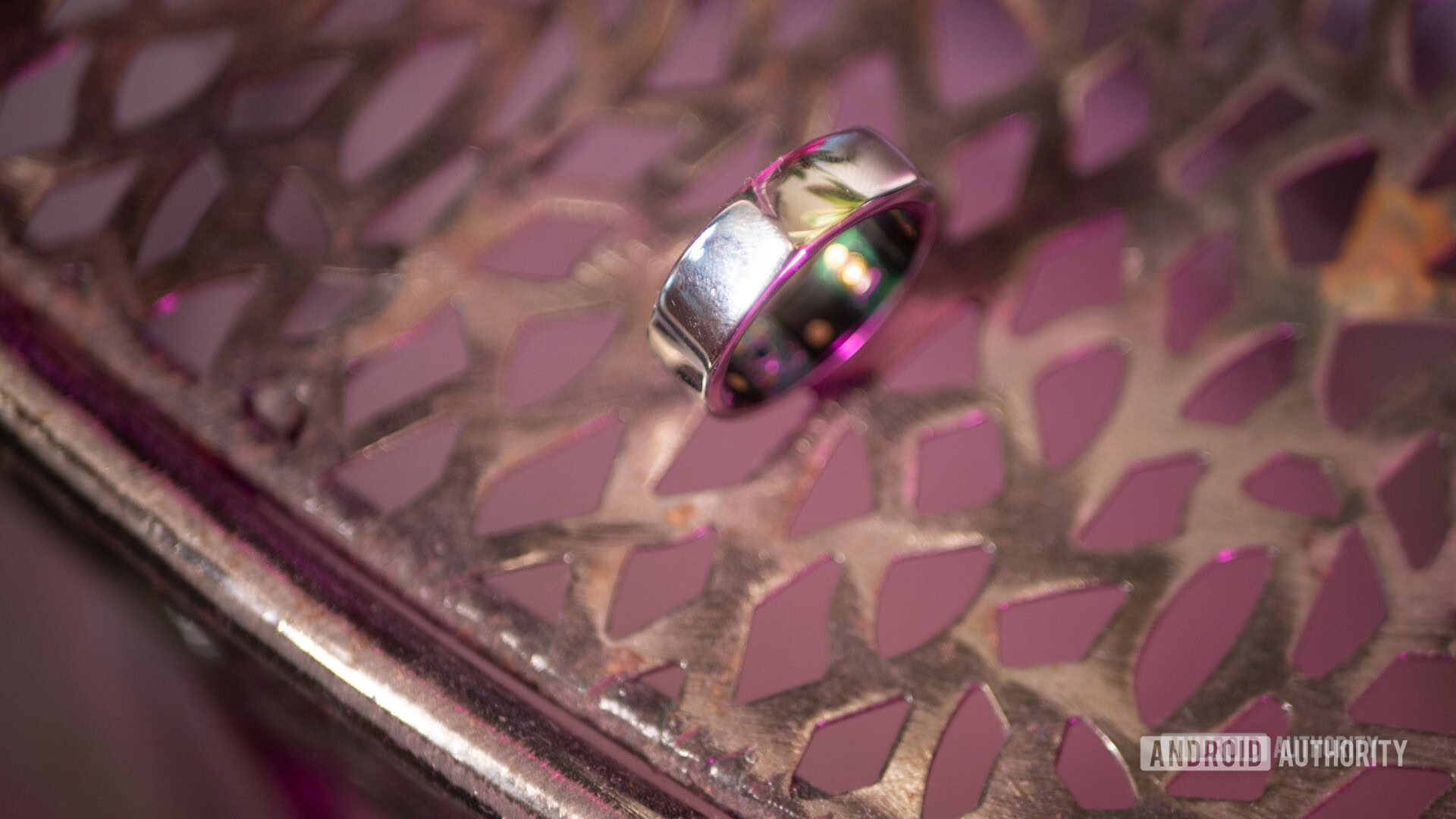
One area of concern for me was with the step counting. I noticed the app often reported I had completed thousands more steps than my other tracking methods. I spoke to a rep from Oura about this and they explained that the “steps” counted are actually a measure of overall movement and energy expenditure, translated to steps (the metabolic equivalent to steps). This is actually a more useful method on the whole than strictly tracking steps, though it is a little confusing given the app reports the score simply as “steps.”
It’s a shame there isn’t also a simple step count shown. It would be useful if this was a pedometer, too. I’m also not 100 percent convinced — how can the motion sensors pick up enough movement from a single finger to recognize such a broad scope of movement?
The app was often reporting that I had completed thousands more steps than my other tracking methods.
Activity tracking could also use a little smoothing out. It detects activities like walks and runs automatically, but it won’t recognize every type of training. That included my own workouts, which was probably fair enough. I was mainly doing a lot of pull ups and push ups, which don’t provide much movement in the hands.
It is reasonable to expect it might at least notice the elevated heart rate and register that as a period of heightened activity. No such luck.
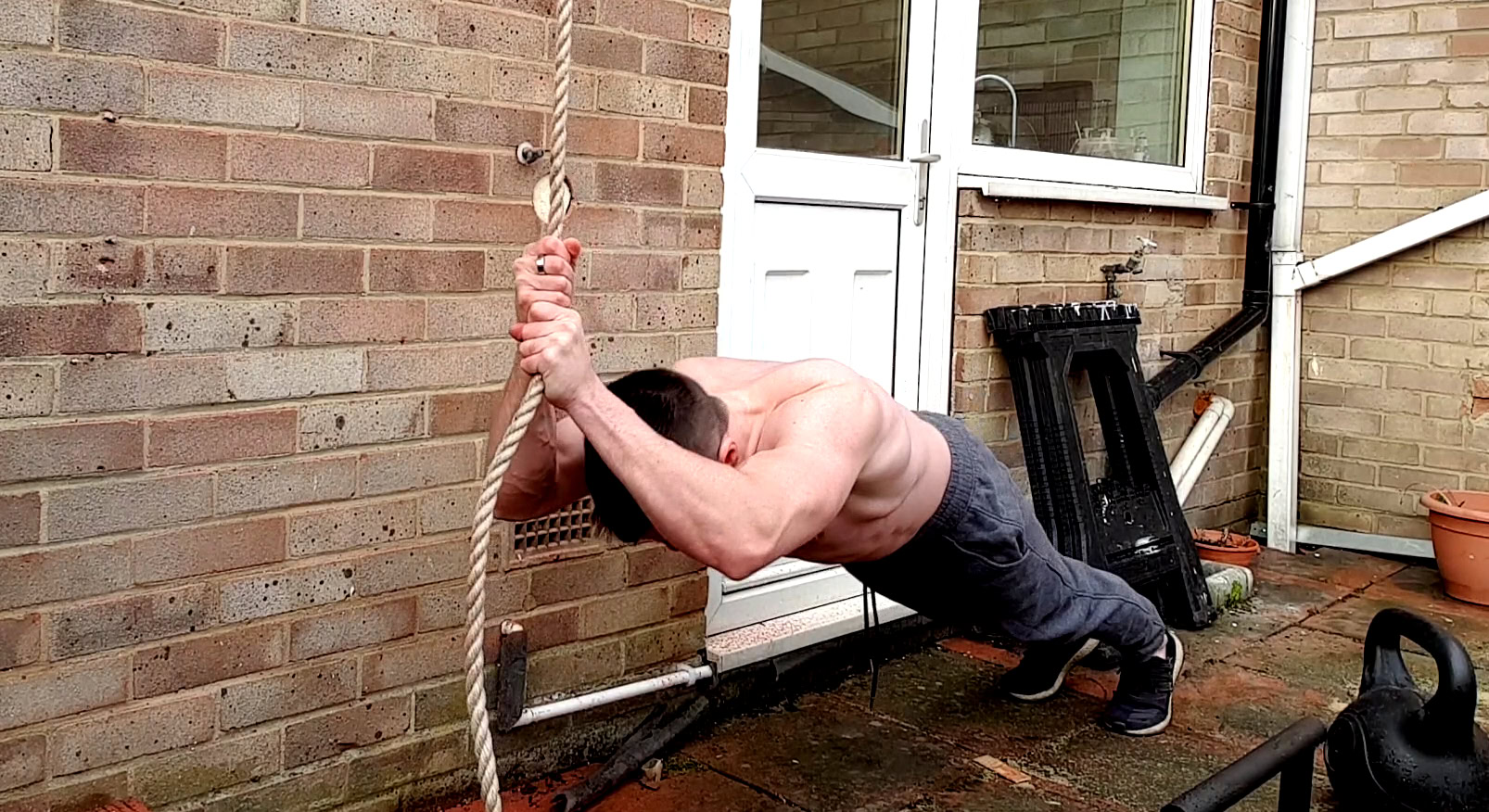
Another shortcoming is with compatibility. Apple users can connect the app to Apple’s Health Kit without an issue, but Android users have no such option. There’s no support for Google Fit for instance, so you can’t register workouts with a second tracker and have the data sync up automatically. There’s no way to connect to MyFitnessPal either, which means you can’t really use this as a tool for losing weight, as you might a Fitbit.
This is coming to the product very soon (sometime in 2019) so it’s not totally fair to mark it down on that basis. However, as it stands, don’t expect the kind of deep integration with third party offerings that you’ve maybe come to expect.
There’s no way to retroactively add a workout for a previous day.
For now, any workouts you do will need to be added manually. Unfortunately, if you should forget to do this one day, you’ll miss the opportunity. There’s no way to retroactively add a workout for a previous day. That’s down to the complexity of the algorithms used and understandable, but it’s still a shame that my data will be incomplete (and corresponding advice wrong) if I forget to log my training — something I often do. I wouldn’t mind seeing my readiness score change when I update my data — in fact it would be encouraging.
The app’s UI also needs work. It’s quite fiddly to find what you’re looking for and syncing with Bluetooth occasionally takes a little longer than it should. Still, the app is being actively updated all the time and I’ve already seen improvements. In fact, they just recently added an on-boarding process to the iOS version for orienting new users. Presumably the Android version will get the same treatment soon.
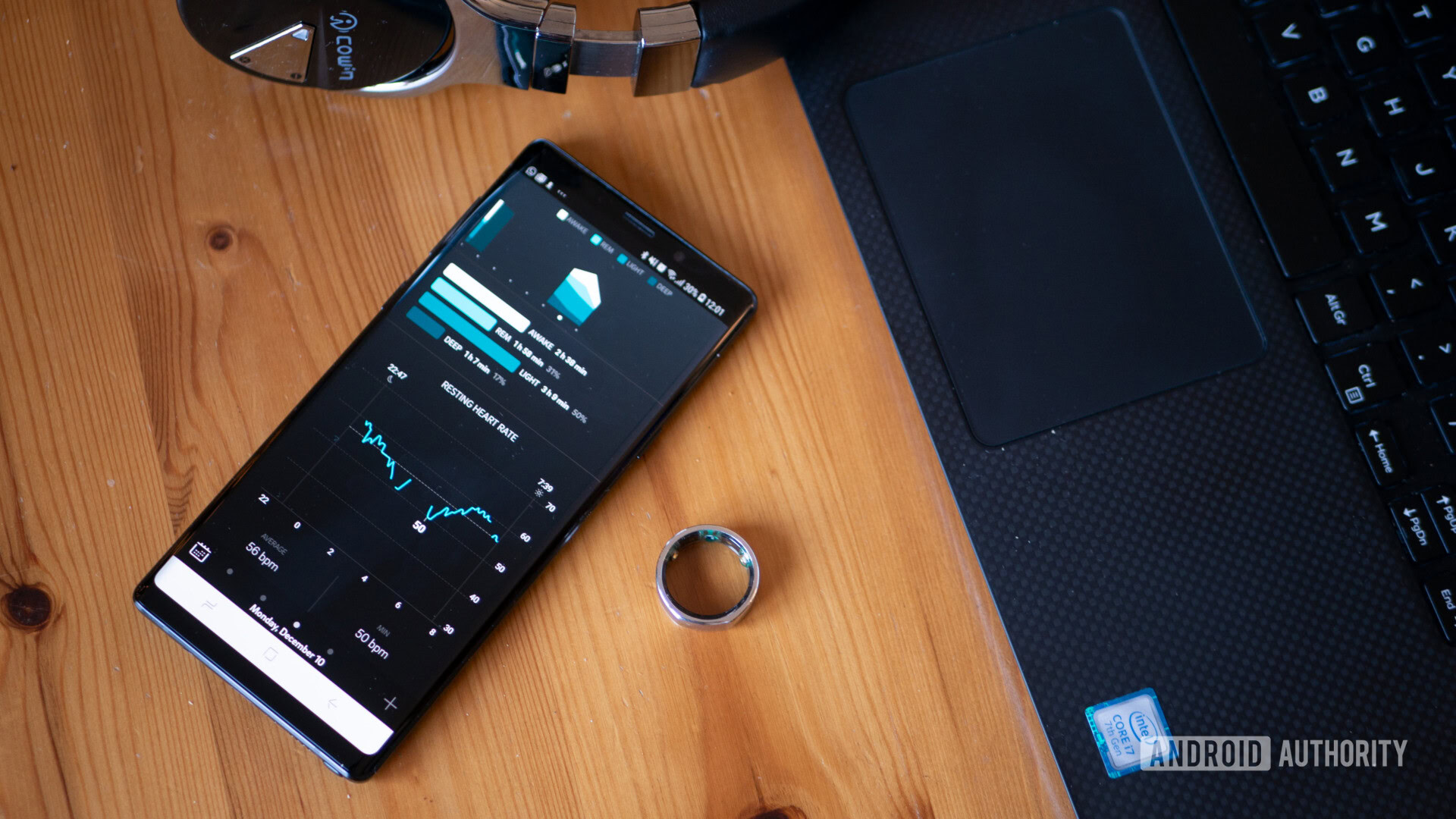
Some of those might sound like big problems, but Oura assures us more updates are coming. This is still a product in its infancy (despite this being the second hardware iteration) and apparently a lot of cool stuff is planned.
In future, I’d really like to see some graphs and charts showing relationships between the data. For instance, I’d love to see how my body temperature correlates with how soundly I slept. As it is, it’s great to be able to see trends over time and a baseline though.
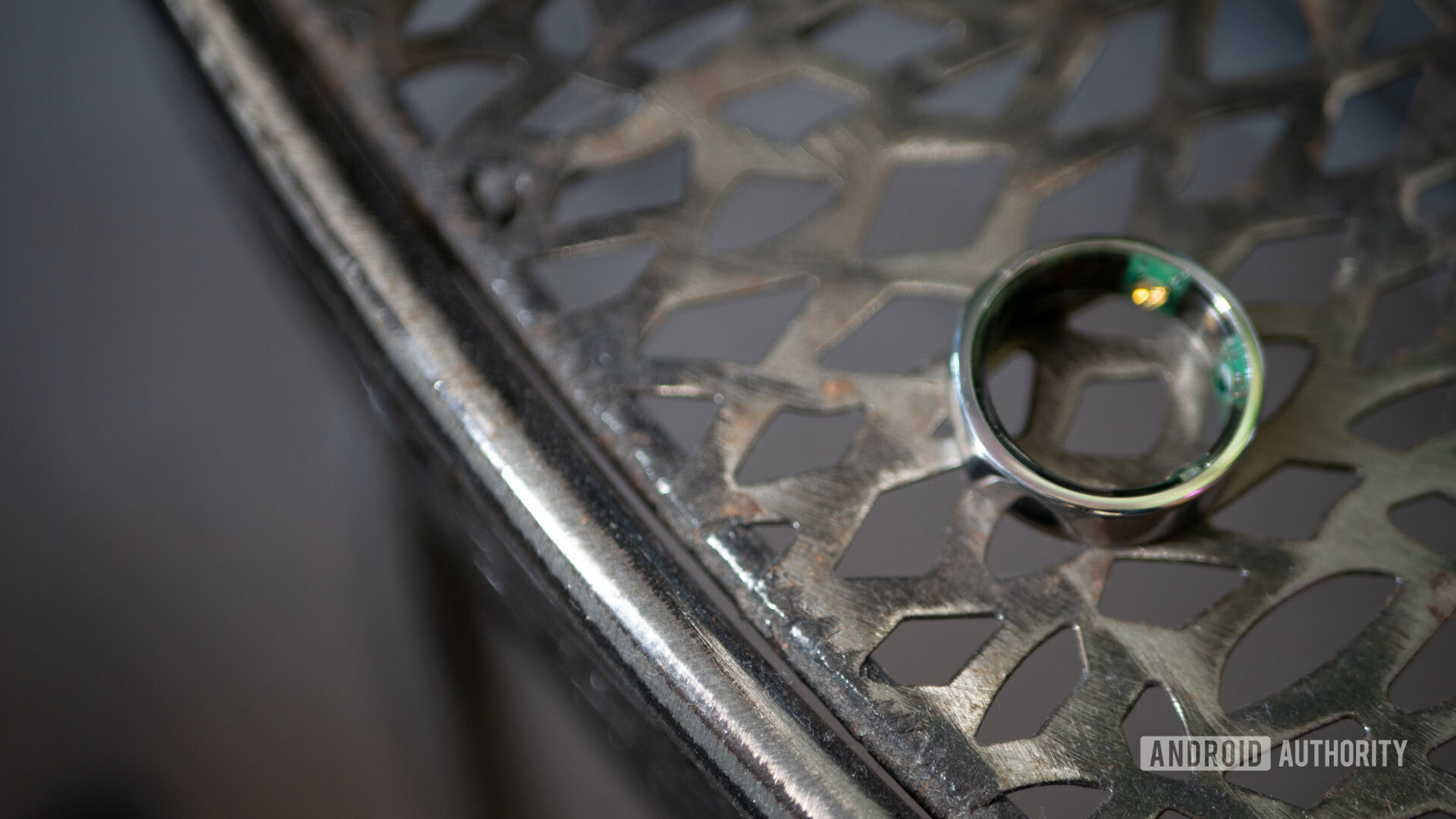
Perhaps the best way to think of this is as a health tracker first and a fitness tracker second. It’s actually ideal for wearing in conjunction with a traditional wrist-worn tracker, and once integration with other apps is introduced, it will become even more potent in that regard. Although the data it offers is slightly imperfect due to the shortcomings I’ve identified, it’s still more than enough to be actionable and it’s the only device doing anything like this right now. I’m really excited to see where this goes in future.
What to do with all this data?
Ultimately, the amount and quality of the data here is better than any device I’ve used before. It truly makes it possible to make positive lifestyle changes and see them reflected in my sleep and the way I feel. This is the promise of every sleep tracker, but very few provide enough detail or explanation to be practical in that regard. None of them offer insights like body temperature and heart rate variance.
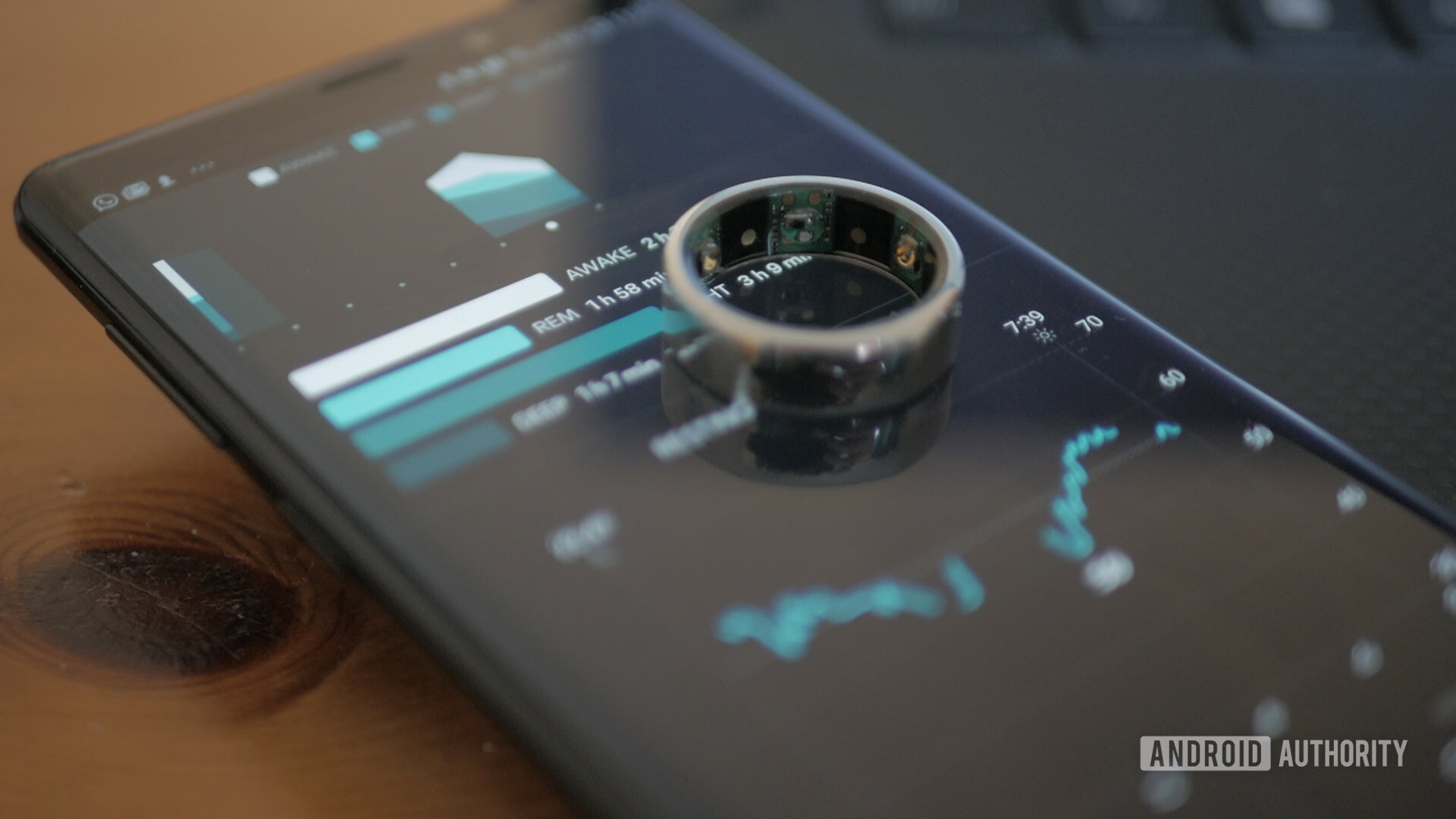
For instance, I was feeling a little rough a few weeks ago and when I looked at the app, I could see my “recovery index” was low. Tapping the icon explained this could be a result of a late-night workout — which I did that night — and my resting heart rate was exactly what you might expect it to be as a result of this.
I read a user review stating they used the Oura Ring to predict the onset of a cold before it hit. Personally, I’ve been using it to track how well I’m coping with the extreme sleep deprivation that comes from fatherhood. Suffice it to say, not well! However, at least I now know how bad the damage is and whether or not to consider training as a result.
One user used the Oura ring in order to predict the onset of a cold before it hit.
In some ways, the Oura Ring 2 still finding its footing, but it is pretty awesome already and there’s a lot more awesome coming. For the price (around $300), it might be worth hanging on a little while longer if you’re a casual user (perhaps until the Google Fit integration sometime this year). If you love this stuff as much as I do and consider yourself an enthusiast, you’ll have no regrets becoming an early adopter. Whoever you are, the ring can certainly help you understand more about yourself and why you feel rough some days and great on others.
This is an excellent device for any biohacker and has the potential to become essential for a much larger audience soon.

